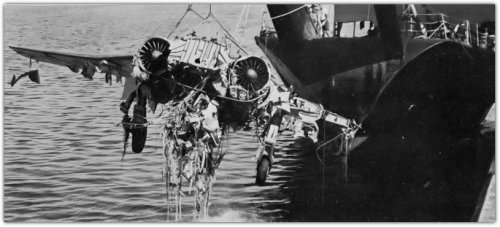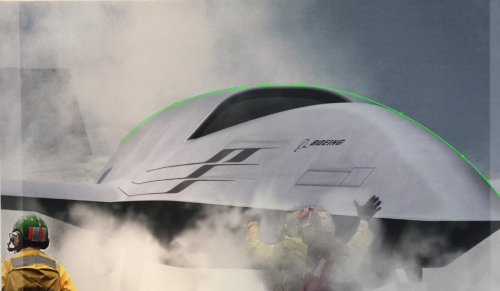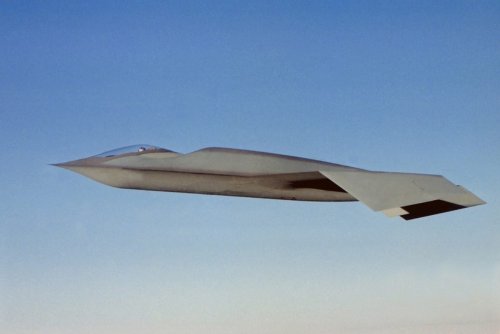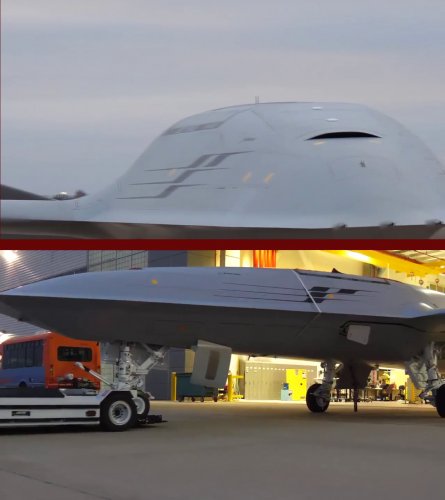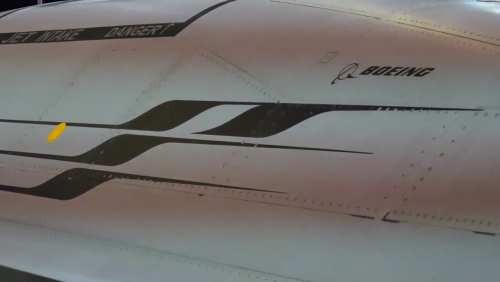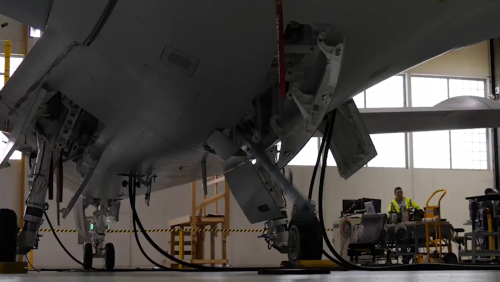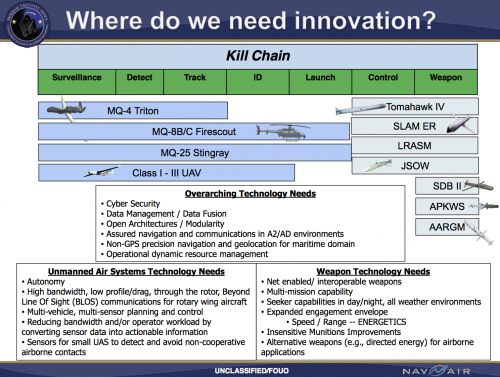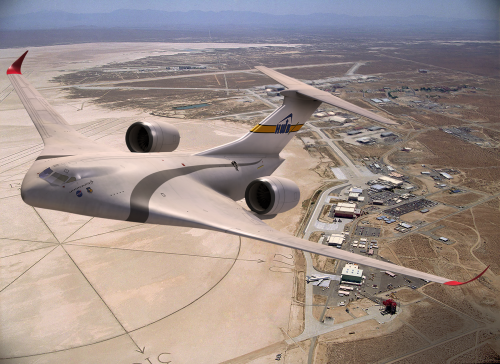- Joined
- 21 December 2006
- Messages
- 1,245
- Reaction score
- 1,107
Hawker never thought the RN version was a 'goer', but the golden rule... Twin Spey was inspired by RR political pressure. Hawker were clear the single BS100 version was preferred, and that was the only one submitted formally. Vectored thrust allowed a smaller wing, optimised for high speed cruise, which saved weight and needed no complex lift enhancing devices. Also allowed smaller ships to be used. RN wanted big new carriers, RR needed more work. Phantom was the interim answer, plus notional VG wonder plane for the future. Notional wonder planes always are!LowObservable said:Would it have changed the 1154 picture had the ski-jump been invented earlier?
Although, looking at the evolution of the HS.1154RN, what's clearly happening is this...
"It works better with the twin engines, old boy - but since we're using the catapult and arrester hook anyway, do we still need those funny moving bits on the engine? We could blow the flaps, like the Bucc. And shouldn't we look at the J79 while we're at it? Might cost less than RR wants to charge us..."
Ski-jump depends on the nose gear. The Harrier got lucky and had the right one already.
A-6 used limited vectoring, and well aft of the CG, so pitching moments had to be limited. All the complexity, limited benefit.

